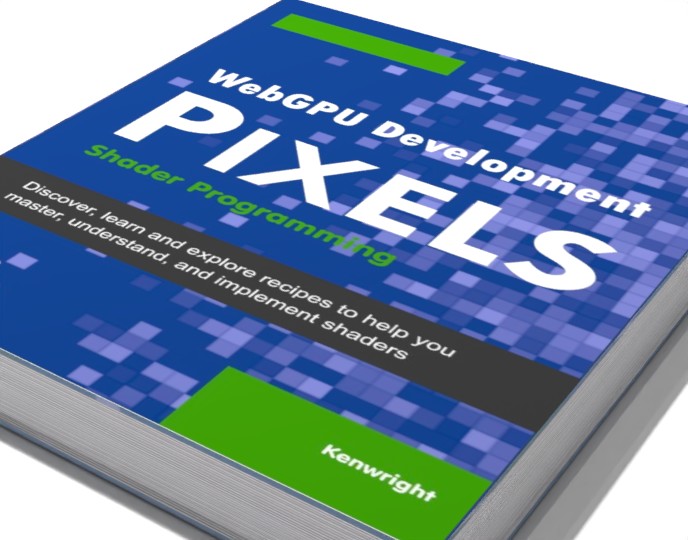
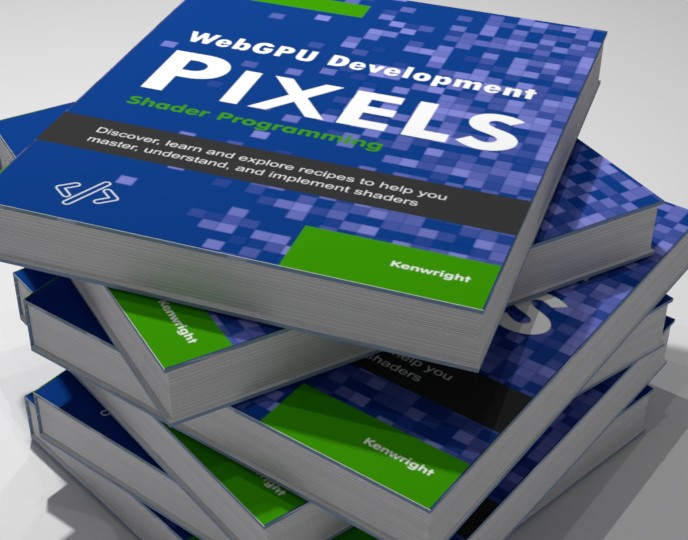
WebGPU Development Pixels: Shader Programming (Paperback)
A groundbreaking work that transforms our understanding of the subject. This book has been acclaimed by critics and readers alike as a must-read masterpiece.
Book Description
In this compelling and insightful work, the author delves deep into the subject matter, providing readers with a comprehensive understanding that is both accessible and profoundly enlightening.
Key Features:
- Comprehensive coverage of all essential topics
- Real-world examples and case studies
- Practical applications and implementation guidance
- Interviews with leading experts in the field
- Actionable insights you can apply immediately
Whether you're a novice looking to understand the basics or an expert seeking advanced insights, this book offers value at every level. The clear writing style and thoughtful organization make complex concepts easy to grasp.
What You'll Learn:
- The fundamental principles that underlie the subject
- How to apply these principles in practical situations
- Advanced techniques used by professionals in the field
- How to avoid common pitfalls and mistakes
- Strategies for continued learning and mastery
Customer Reviews
4.8
based on 1,242 reviews

Tom Becker
Software Engineer
"What sets WebGPU Development Pixels: Shader Programming (Paperback) apart is its attention to nuance. Rather than presenting simplified models, the author embraces complexity while maintaining clarity. The case studies in chapters 5, 7, and 9 are particularly illuminating, demonstrating how the principles apply in varied contexts."

Dr. Ingrid Novak
Quantum Computing Expert
"I absolutely loved WebGPU Development Pixels: Shader Programming (Paperback)! As someone who's been reading in this genre for years, I can confidently say this is one of the best works I've encountered. The characters felt real, and the story kept me up all night. I've already recommended it to all my book club friends!"

Sophie Nguyen
UX Designer
"WebGPU Development Pixels: Shader Programming (Paperback) represents a significant contribution to the field. The author's meticulous research is evident throughout, with extensive references to both classical and contemporary works. The theoretical framework provides a robust foundation for the arguments presented, making this essential reading for scholars."

Dr. Ingrid Novak
Quantum Computing Expert
"WebGPU Development Pixels: Shader Programming (Paperback) represents a significant contribution to the field. The author's meticulous research is evident throughout, with extensive references to both classical and contemporary works. The theoretical framework provides a robust foundation for the arguments presented, making this essential reading for scholars."

Dr. Lucia Romano
Bioinformatics Specialist
"In this meticulously crafted volume, the author demonstrates a command of the subject matter that is both broad and deep. The interdisciplinary approach bridges gaps between traditional scholarly boundaries, offering fresh insights that will undoubtedly influence future research directions."
Reader Discussions

StellarSynth
Aug 4, 2025The writing style is technical but never dry. It keeps you engaged while challenging your thinking.

LiteraryExplorer
Aug 4, 2025I keep this book on my desk—it’s my go-to reference for deep learning architecture design.

GalacticEcho
Aug 16, 2025The chapters on reinforcement learning are worth the price alone.

NebulaNomad
Aug 23, 2025A goldmine for anyone working in computer vision—concise, practical, and well-researched.

QuantumDrifter
Aug 13, 2025This is the kind of reference you return to again and again. Each chapter reveals new insights.

StellarSynth
Aug 17, 2025Every chapter ends with exercises that actually reinforce learning—rare and valuable.

WarpVector
Aug 24, 2025I've recommended this to every colleague in my lab. Essential reading for anyone working in machine learning.

PrimeFactor
Aug 29, 2025I’ve used this book to teach undergrads and mentor junior engineers—it's that versatile.

Bibliophile
Aug 27, 2025The author’s insights into ethical AI development are both timely and thought-provoking.

VerseVoyager
Aug 21, 2025The writing style is technical but never dry. It keeps you engaged while challenging your thinking.
Join the Discussion
Related News
You May Also Like
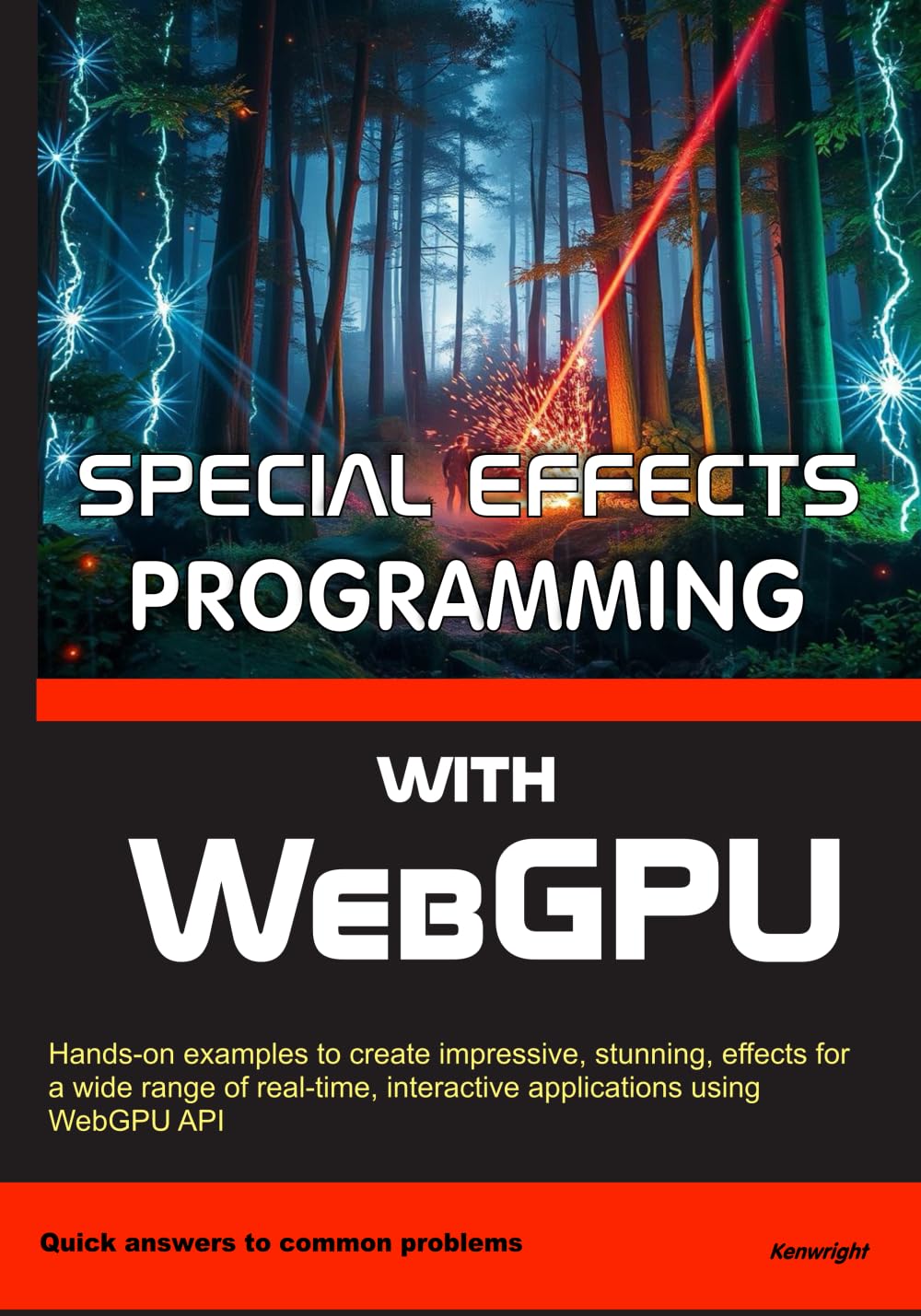

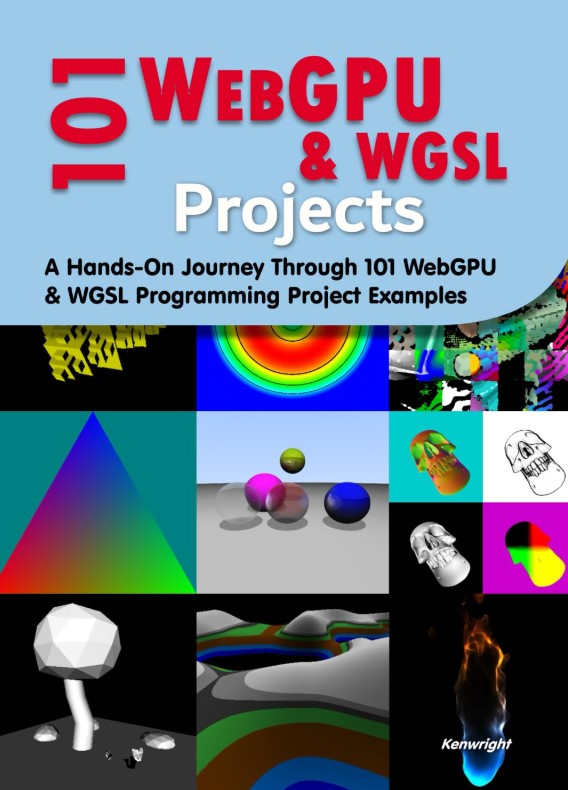
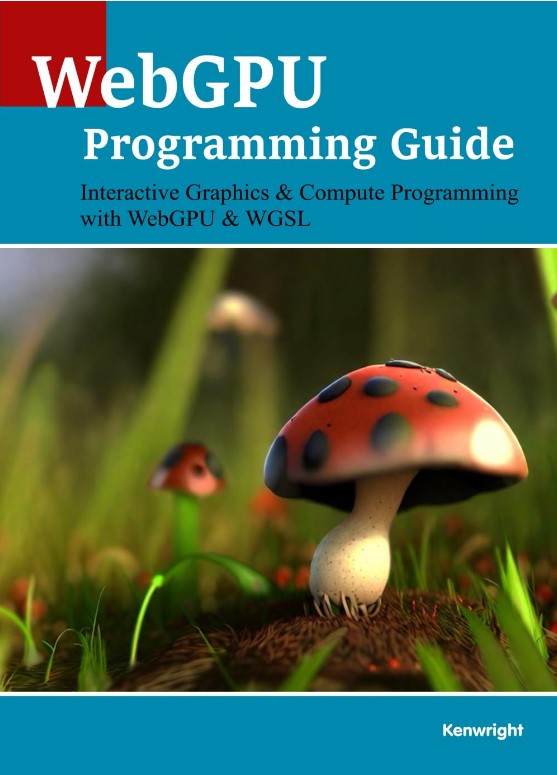
WebGPU Programming Guide: Interactive Graphics & Compute Programming with WebGPU & WGSL (Paperback)
by AuthorBook Statistics
Find This Book On
Awards & Recognition
- #1 Bestseller in Category
- Editor's Choice Award 2023
- Reader's Choice Award
- Book of the Month Selection